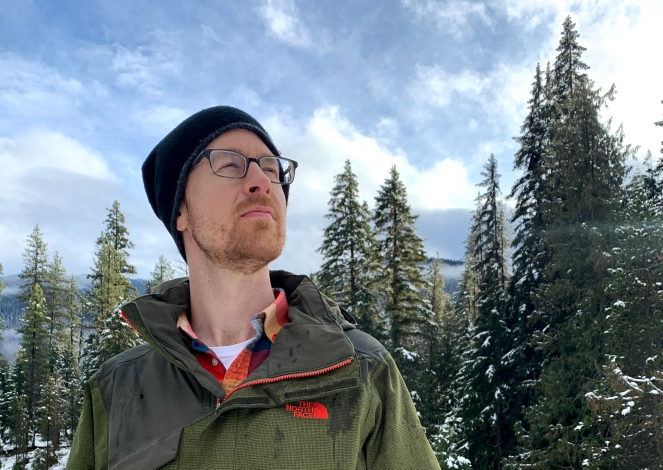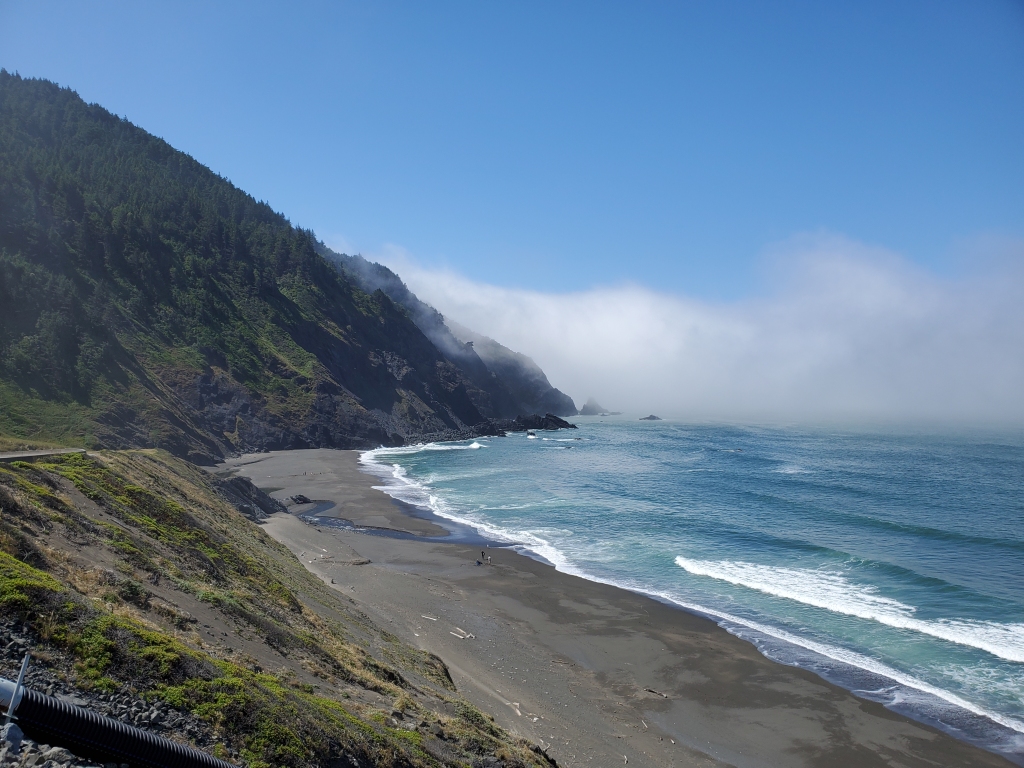Is it legal to build and launch your own rocket?

A few years ago, I was daydreaming, and this question occurred to me. I quickly realized I had no idea what the answer was. It also raised dozens of related questions: am I capable of doing this by myself? Do you need some sort of government approval? What are the rules? Are there limits on how big the rocket could be? Could I put something into orbit? What if my rocket blew up, or came crashing down onto someone else? Putting aside any potential comedic value, this could create some big liability for me.
Let me step back for just a moment. I’ve always been interested everything related to space, astronomy, or rockets. As a kid, I read lots of science fiction books on space travel. The Foundation series by Isaac Asimov was (is, still) my favorite book series of all time. Fast forward a few years, and as an adult, I watch with fascination every time that Elon Musk makes an announcement or SpaceX lands one of its rockets vertically, in something that looks like it is straight out of sci-fi. But I’m not actually a rocket scientist. I never considered building a rocket myself. I didn’t even know it was possible to build one, unless you were an enormous government agency like NASA, or a handful of large private corporations – Blue Origin, SpaceX, Rocket Lab, Astra, or other similar large companies. It sounds… complicated.
Now, for the first time, I started thinking about it. Maybe I could build my own rocket. Why not? What the hell?
Of course, I need to stress just how little I knew at the time. To be fair, I should also stress just how little I know even now, but astoundingly, it was even less then. I was totally in the dark. I didn’t know there were local clubs all across the United States where amateurs built and launched small rockets as a hobby. I didn’t know that some people took that hobby to much greater extremes and built relatively sophisticated large high-powered rockets. I didn’t know the rocket body and rocket motor were two completely different things, or what obstacles would be involved in building one. I didn’t know that launching a small low power rocket to 1,000 ft was something that even a child could do, whereas hitting 100,000 ft was a remarkable achievement that generally takes a whole team of very smart and very experienced experts in the field – and very few people (or groups) have ever achieved it.
Suffice it to say, if I listed everything that I didn’t know when I first started, I would never finish writing this article.
But I was curious, and I started looking into it. Setting and fine-tuning the goal was an iterative process. I had to do some basic research and find out more, only to go back and tweak the goal. Putting something into orbit is pretty unrealistic, for a lone individual doing this in their spare time. But building and launching a “high power rocket” (which is defined a certain way, based on the size of its motor) was attainable, at least after some smaller rockets and ample practice.
I ordered a small, low power rocket kit and started putting it together. I realized I really enjoy the process of building, and learning more about different rocket parts and what functions they perform. The longer term goal was to build a high power rocket, but I had to start somewhere as I’d never done this before.
How to set your goal
You are not me, of course, and chances are, you don’t plan to build a rocket yourself. Perhaps you don’t want to blow yourself up, or perhaps you’re just not interested in rockets. No matter. (Hats off to you for reading this anyway on a blog primarily dedicated to rockets.)
What’s important here is coming up with your own goal. This is easier said than done. You know what you’re interested in, or passionate about, and you generally can’t go wrong spending your time doing something enjoyable. But a goal needs to be narrower, more targeted – something where you know when you’ve achieved it, where you can cross it off a list (figuratively or metaphorically) and say yes – I did it. In other words, it needs to be specific and measurable.
It also needs to be largely within your control. True, nothing is ever 100 percent within your control. Life has plenty of external circumstances and obstacles that can be thrown in your path. A global pandemic might occur, for example, or you might be hit with a stray high power rocket (don’t look at me). But you don’t want to choose a goal that is largely outside of your control, as a starting point, no matter what you do. That’s a sure path to frustration and disappointment – and wouldn’t be particularly satisfying even if you happened to achieve it, by chance.
Consider the time period involved as well. There’s no magic number as a minimum or maximum, but you probably don’t need to go through a lot of planning to achieve a relatively simple goal that can easily be done in an hour. At the other extreme, you don’t necessarily want a goal that takes decades and ultimately consumes the rest of your life. In that case, you’d be better off breaking it into several smaller goals, with more reasonable timeframes.
You may not be starting out as hopelessly naive as I did. But once you decide to set a specific goal, you will likely need to go through a similarly iterative process, learning more and then revising the goal accordingly.





















